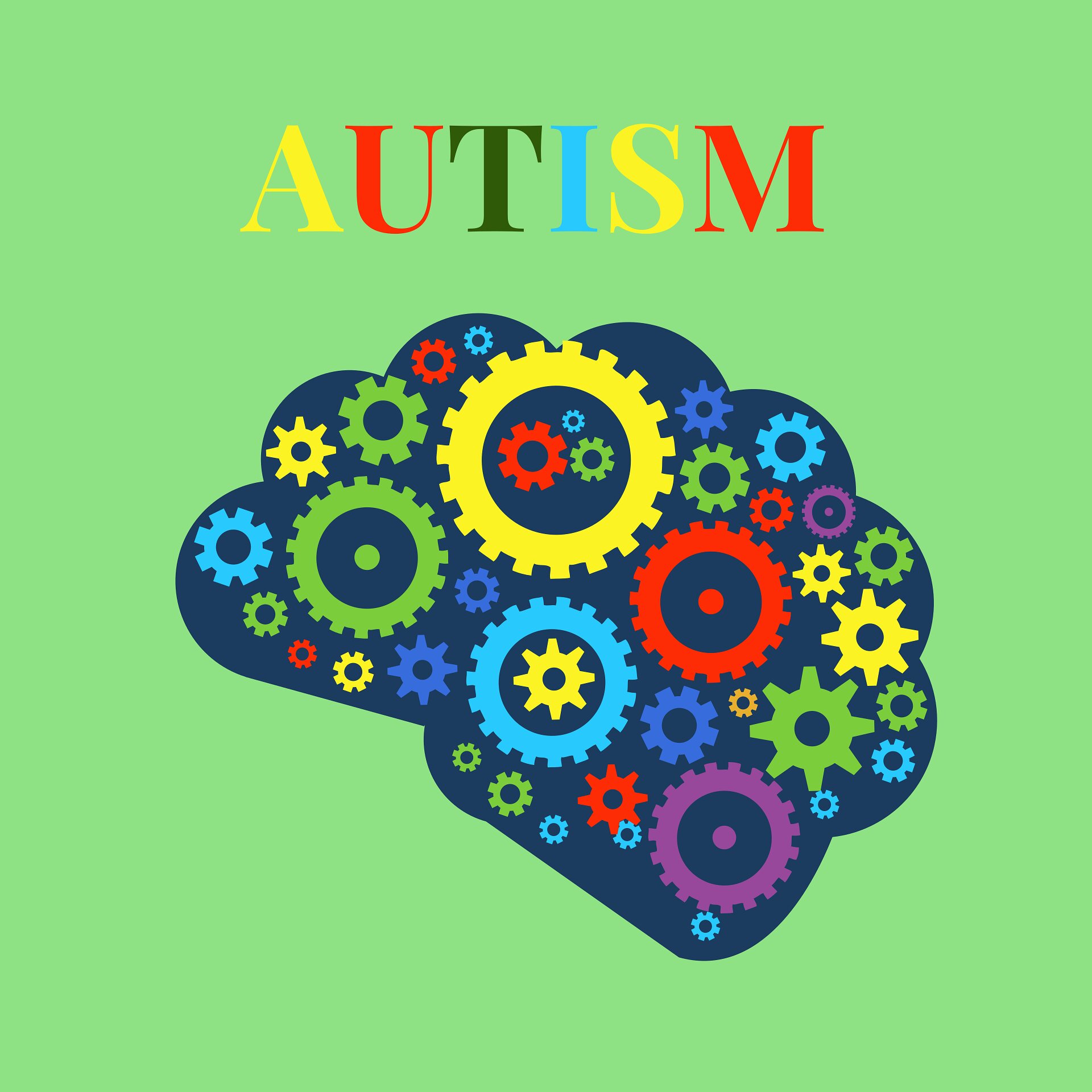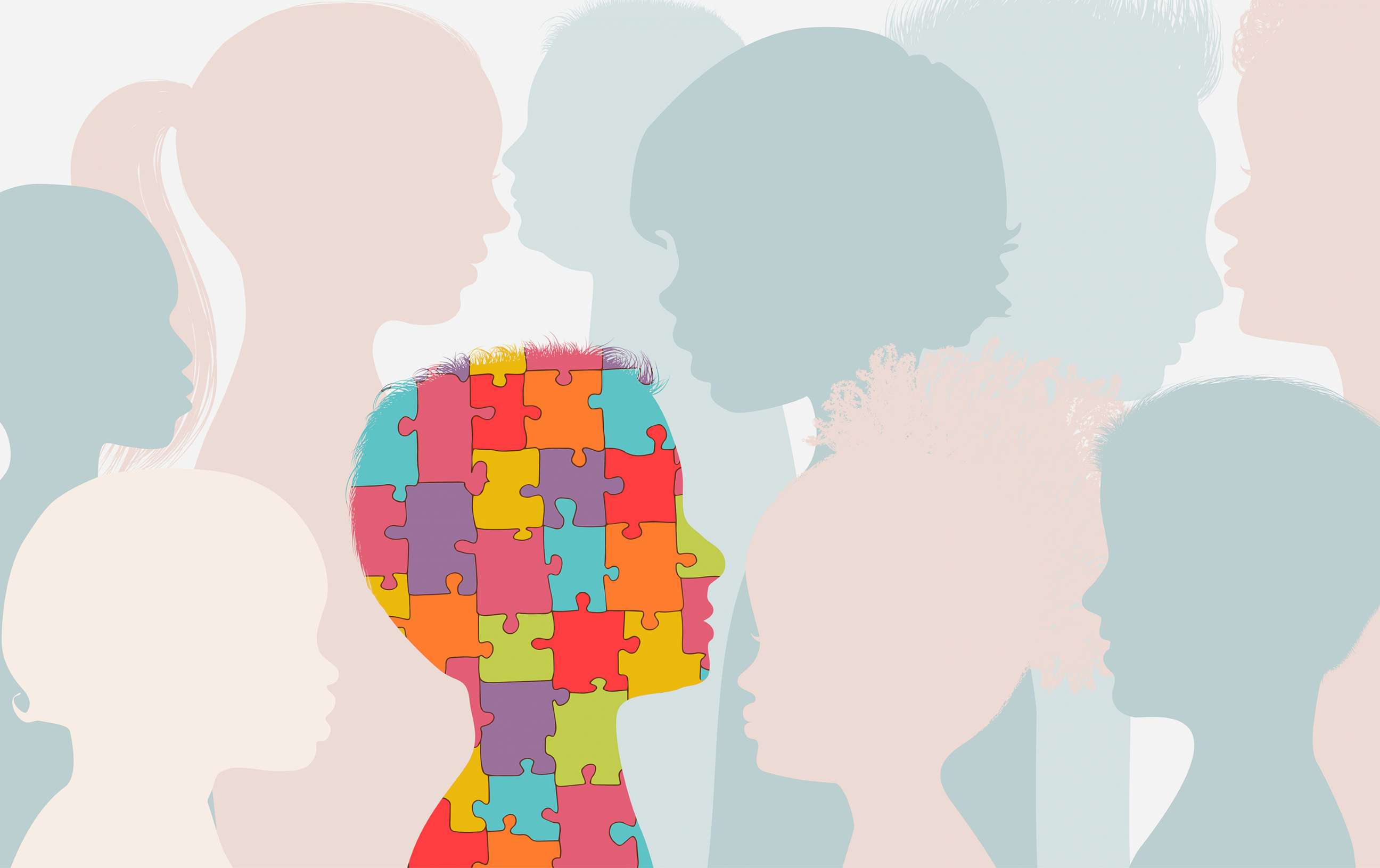The Influence of Early Intervention on Children with Autism: What Moms And Dads Need to Know
The Influence of Early Intervention on Children with Autism: What Moms And Dads Need to Know
Blog Article
Sustaining People With Autism: Best Practices in Education and Addition
The support of individuals with autism within instructional settings demands a nuanced understanding of finest methods that promote inclusion and reliable knowing. Highlighting structured environments, customized mentor techniques, and collective efforts amongst family members and teachers can substantially improve the educational experience for trainees on the spectrum.
Recognizing Autism Spectrum Disorder
Autism Spectrum Disorder (ASD) is an intricate neurodevelopmental problem defined by a series of difficulties in social communication, communication, and behavior. autism. People with ASD may show a variety of signs and symptoms and attributes, often resulting in an unique profile of toughness and difficulties. The range nature of the disorder indicates that symptoms can vary significantly in intensity, with some individuals needing significant support while others may operate separately
ASD generally manifests in very early childhood, with indications usually observable by the age of two or 3. Typical attributes consist of difficulties in recognizing social signs, obstacles in engaging in mutual discussions, and a choice for routines or repeated behaviors. Sensory sensitivities are likewise common, impacting how individuals process and react to sensory input from their atmosphere.
Recognizing these qualities is essential for fostering efficient support methods. Precise recognition of ASD symptoms can result in timely interventions that can dramatically enhance an individual's high quality of life. Recognizing the varied methods in which the disorder manifests aids caretakers, instructors, and experts customize their techniques to meet the one-of-a-kind demands of each individual on the autism range.
Producing Inclusive Understanding Environments
Developing a comprehensive discovering atmosphere is essential for supporting individuals with Autism Range Disorder and promoting their scholastic and social success. Such atmospheres prioritize acceptance, understanding, and partnership amongst all students, cultivating a feeling of belonging. This strategy requires the energetic participation of teachers, moms and dads, and peers, developing a community that values variety and inclusivity.
To achieve inclusivity, physical class arrangements need to accommodate various sensory demands, offering peaceful locations and flexible seating options. Aesthetic supports, such as routines and sign cards, can aid comprehension and predictability, crucial for lots of pupils with autism. Implementing structured routines and clear expectations helps decrease anxiety and enhances learning chances.
Partnership amongst personnel is important. Educators needs to involve in recurring specialist development to better recognize autism and its effects for learning. Creating partnerships with specialized experts, such as speech therapists and occupational therapists, can better boost the assistance given to students.
Inevitably, cultivating a comprehensive understanding setting not just advantages pupils with autism yet improves the academic experience for all learners, promoting empathy, respect, and a much deeper understanding of specific distinctions. This cumulative effort is important for growing a encouraging and engaging instructional ambience.
Reliable Teaching Approaches
To successfully sustain people with Autism Spectrum Problem in the class, teachers have to employ a variety of teaching methods that accommodate the one-of-a-kind learning styles and requirements of these students. One reliable strategy is the usage of visual help, such as diagrams, photographs, and charts, which can boost understanding and retention of info. These devices help make clear complex concepts and supply a reference factor for trainees.
In addition, carrying out organized routines and clear expectations can produce a feeling of stability and predictability, which is essential for several individuals with autism. It is additionally useful to include hands-on learning opportunities, as these experiences can cultivate engagement and functional application of abilities.
Distinguished guideline needs to be a cornerstone of mentor techniques, enabling instructors to customize lessons to private toughness and challenges. Moreover, using social stories can assist in developing social abilities and comprehending social signs, bridging communication spaces.
Finally, normal feedback and favorable support can inspire trainees and enhance preferred actions. By incorporating these techniques, educators can produce a inclusive and effective learning atmosphere that supports the you could try here development and growth of trainees with Autism Spectrum Condition.
Working Together With Households and Neighborhoods
Reliable partnership with areas and households plays a crucial duty in sustaining people with Autism Spectrum Disorder. Developing strong partnerships in between instructors, family members, and neighborhood organizations boosts the performance of academic interventions and promotes a comprehensive setting. Households, as key caregivers, offer vital insights right into the one-of-a-kind demands and preferences of their youngsters. Involving them in the decision-making procedure makes sure that academic techniques are customized to individual toughness and challenges.
Schools ought to facilitate open communication networks, such as normal meetings, workshops, and comments sessions, to cultivate a sense of neighborhood more and trust fund. Additionally, including area organizations can supply accessibility to sources and support services that prolong beyond the class, improving social opportunities and skill growth for people with autism.
Professional development for educators must additionally stress the significance of household involvement and community partnership. Educating on culturally receptive techniques can aid instructors better recognize and integrate diverse household point of views. Eventually, a collaborative technique not just equips households however likewise enhances the discovering experiences of people with autism, developing an encouraging ecosystem that advertises their total health and success.
Promoting Social Abilities and Communication
Advertising social abilities and interaction is essential for individuals with Autism Spectrum Disorder, as these abilities are fundamental for developing connections and browsing social contexts. Efficient techniques for enhancing social competencies include structured social abilities training, peer-mediated interventions, and the use of social stories.
Social abilities training programs can be customized to attend to particular deficits such as initiating conversations, recognizing non-verbal hints, and taking turns during interactions. These programs typically integrate role-playing situations to provide practical experience and responses. In addition, peer-mediated treatments, where typically developing peers are entailed, can assist in naturalistic social interactions, promoting a helpful atmosphere for individuals with autism.

Additionally, creating inclusive atmospheres in institutions and neighborhood settings urges possibilities for social interaction - autism. By promoting understanding and approval among peers, the possibility for meaningful interactions boosts, ultimately leading to better social capability and psychological well-being for people with autism

Final Thought
In conclusion, applying ideal methods for supporting people with autism in instructional settings is vital for cultivating inclusion and understanding. Structured regimens, visual help, and partnership amongst teachers, family members, and neighborhood organizations improve discovering experiences and address individual demands.
The support of people with autism within educational settings necessitates a nuanced understanding of best practices that advertise addition and effective his response learning.Producing an inclusive learning setting is important for supporting people with Autism Range Problem and promoting their social and scholastic success.To successfully sustain individuals with Autism Spectrum Problem in the classroom, teachers must utilize a selection of teaching approaches that cater to the distinct learning styles and demands of these students.Efficient collaboration with areas and families plays an essential duty in supporting people with Autism Spectrum Condition - autism. Additionally, peer-mediated treatments, where generally establishing peers are included, can promote naturalistic social communications, fostering a supportive atmosphere for people with autism
Report this page